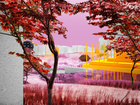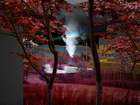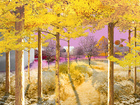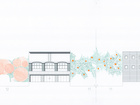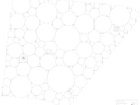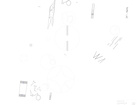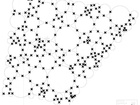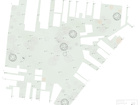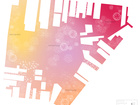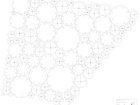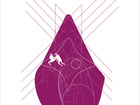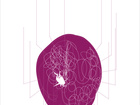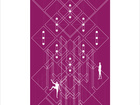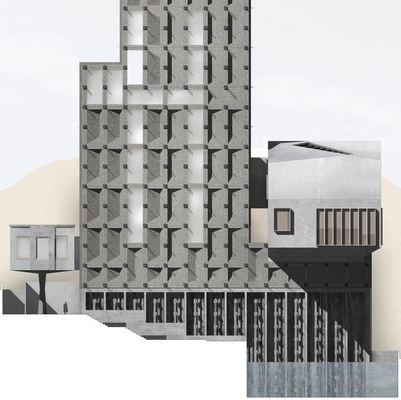Ishinomaki: City of Love, Japanese love hotel as a cultural institution
In the heart of Ishinomaki this project addresses the issues of boundaries between socially accepted programmes and those that are considered inappropriate. By contextualising the most essential part of Japanese societal culture, the project fluctuates between the poetic garden and the highly technological love hotel, as a celebration of the love sick Japanese and their need for private intimacy.
A transformation of the derelict voids offers a reinterpretation of the cultivated Japanese garden, where pavilions and objects are reimagined as facilitators of love making. An axis stretches between natural and artificial elements, through which the body is expressed. The intersection of light and material generates and exhibits an experience of bodies together, and an inward feeling of the corporeal.
Program
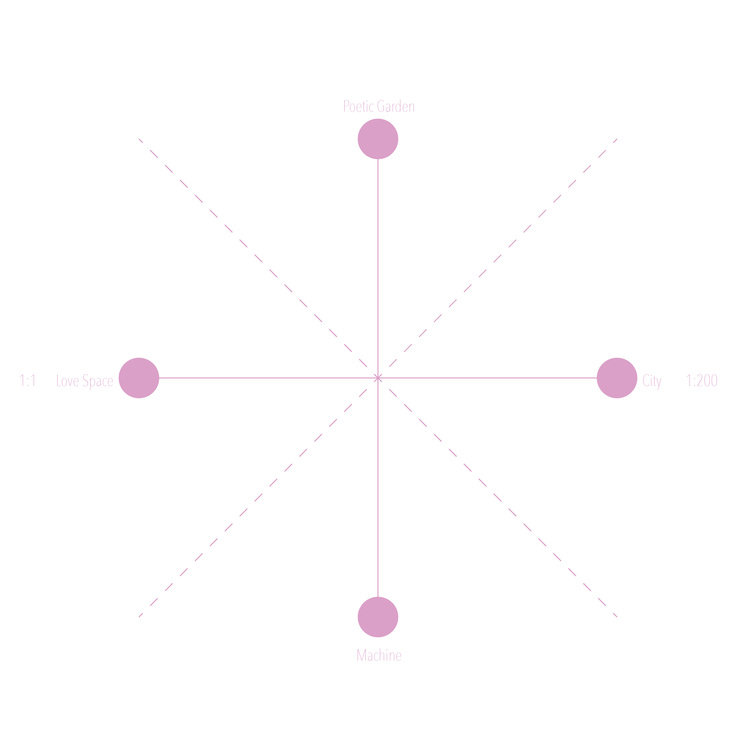
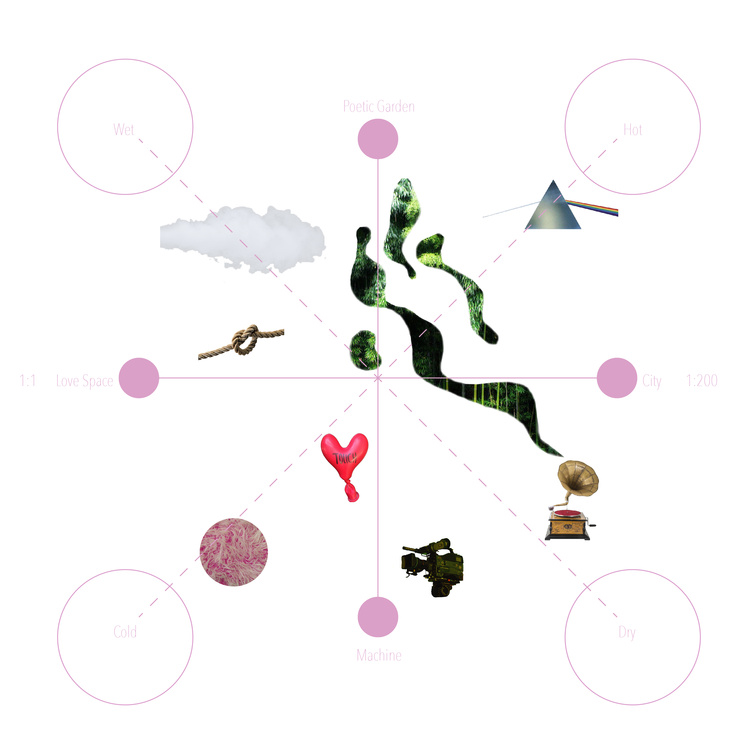
...in process
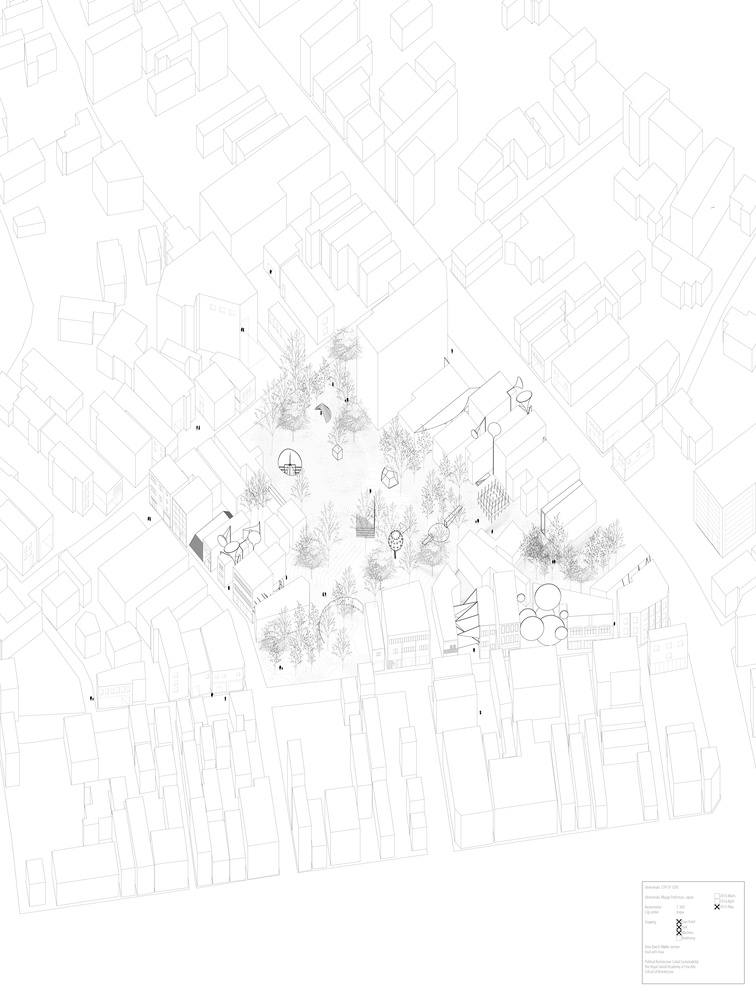
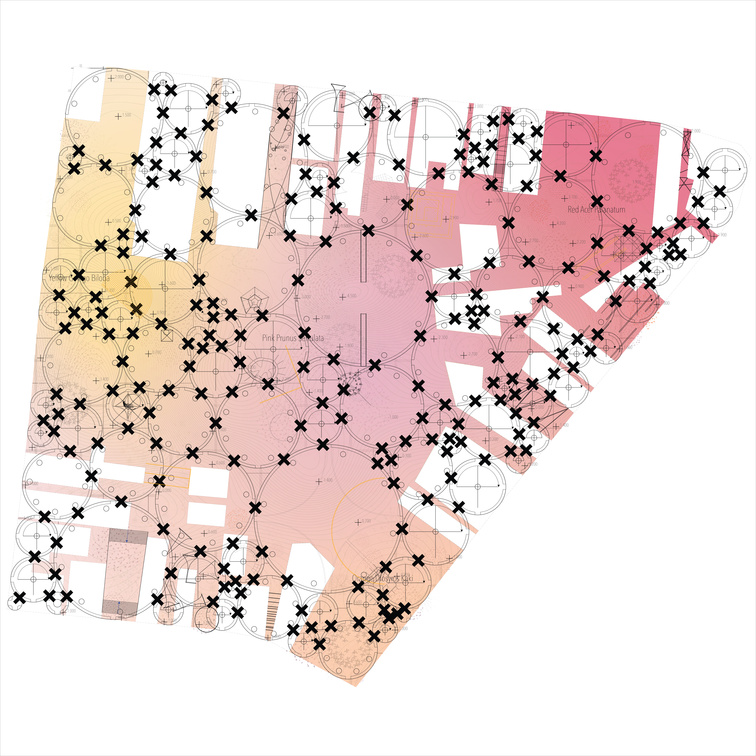
The project takes inspiration from the traditional Japanese wood cut prints, where each image is constructed using an iterative series and each wood cut adds another colour or detail to the print. This layering process adds complexity to the image and it is this process has fed the working method. This layering process establishes a language with which to work with the four elements, primarily the poetic garden and the machine.
...in process


